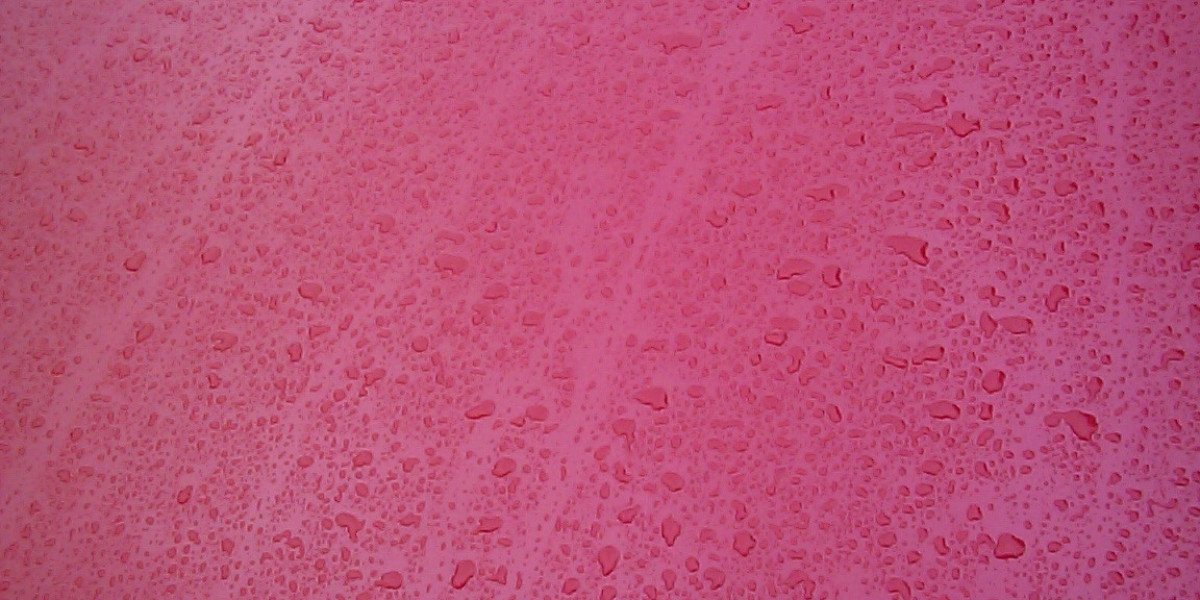Embroidery has a timeless charm, turning simple fabric into a canvas for creativity. But have you ever wondered how a digital design becomes a beautifully stitched masterpiece? That’s where Custom Embroidery Digitizing Services come in. These services bridge the gap between your imagination and the final embroidered product, ensuring every detail of your artwork shines through in threads. In this article, we’ll explore how custom embroidery digitizing works, its benefits, and why it’s a game-changer for artists, businesses, and hobbyists alike. Whether you’re new to embroidery or a seasoned pro, you’ll see how this process brings your artwork to life with precision and flair.
What Is Custom Embroidery Digitizing?
Custom embroidery digitizing is the process of converting your artwork, logo, or design into a digital file that an embroidery machine can read. Think of it as translating a picture into a language of stitches. The digitizer uses specialized software to map out where each stitch goes, including the type, direction, and density of stitches. This ensures the embroidered result captures every nuance of your original design.
Unlike manual embroidery, which relies on hand-drawn patterns and hours of labor, digitizing automates the process for speed and accuracy. The result? A stitch file (like DST, PES, or EXP) that guides the embroidery machine to recreate your artwork on fabric with stunning precision.
The Digitizing Process: From Art to Stitches
So, how does your artwork go from a sketch or digital image to a vibrant embroidered piece? Let’s break down the steps:
1. Artwork Submission
You start by providing your design—whether it’s a logo, illustration, or text. This can be a high-resolution image (JPEG, PNG) or a vector file (AI, EPS). Clear, high-quality artwork ensures the digitizer can capture every detail accurately.
2. Analyzing the Design
The digitizer examines your artwork to understand its elements, like shapes, colors, and textures. They decide how to translate these into stitches, considering factors like fabric type and the final size of the embroidery. For example, a design for a delicate silk scarf needs different stitch settings than one for a sturdy denim jacket.
3. Creating the Stitch File
Using digitizing software, the digitizer maps out the stitch paths. They choose stitch types (satin, fill, or running stitches) and assign thread colors to match your design. They also adjust stitch density to avoid puckering or gaps. This step requires both technical skill and an artistic eye to ensure the design looks vibrant on fabric.
4. Testing and Refining
Before sending the file to you, the digitizer often runs a test stitch-out on a similar fabric. This helps them spot any issues, like loose threads or misaligned stitches, and make adjustments. The goal is a flawless design that looks as good in thread as it does on paper.
5. Delivering the File
Once perfected, the digitizer provides the stitch file compatible with your embroidery machine. You’re now ready to bring your artwork to life on caps, shirts, bags, or any fabric you choose.
Why Choose Custom Embroidery Digitizing?
Custom embroidery digitizing offers a host of benefits that make it a go-to choice for businesses, artists, and hobbyists. Here’s why it’s worth considering:
Precision and Consistency
Digitized designs ensure every stitch is placed exactly where it needs to be. This means your logo or artwork looks identical across multiple items, whether you’re embroidering one shirt or a hundred. Consistency is key for businesses building a professional brand image.
Versatility
From corporate logos on uniforms to intricate artwork on home décor, digitizing works for a wide range of designs and fabrics. Whether it’s a bold graphic or delicate text, the process adapts to your needs, making it ideal for both personal and commercial projects.
Time and Cost Efficiency
Manual embroidery is time-consuming and expensive, especially for complex designs. Digitizing streamlines the process, reducing production time and costs. Once you have the digital file, you can reuse it endlessly without starting from scratch.
Vibrant, Professional Results
A well-digitized design pops with color and detail. Professional digitizers know how to balance stitch density and thread types to create eye-catching results that elevate your artwork. The final product feels polished and high-quality, whether it’s for a gift or a product line.
Tips for Getting the Best Results from Custom Embroidery Digitizing
To make the most of custom embroidery digitizing, follow these tips to ensure your artwork translates perfectly into stitches:
Start with High-Quality Artwork
The better your original design, the better the embroidered result. Submit high-resolution images or vector files to avoid pixelation or blurry edges. If your artwork is low-quality, consider hiring a graphic designer to refine it before digitizing.
Communicate Your Vision
Be clear about where the design will be used (e.g., hats, jackets, or towels) and the size you need. Different fabrics and sizes require specific stitch settings. Share these details with your digitizer to get a file tailored to your project.
Choose the Right Digitizer
Not all digitizers are created equal. Look for services with experience, positive reviews, and a portfolio of diverse designs. A skilled digitizer will understand how to adapt your artwork for embroidery, avoiding common pitfalls like overly dense stitches or distorted shapes.
Test Before Full Production
Always request a sample stitch-out before embroidering a large batch. This lets you check for issues like thread breaks or color mismatches. A good digitizer will include this step, but it’s worth confirming.
Consider Fabric and Thread Choices
The fabric you choose affects how the design looks. For example, stretchy knits need looser stitches to avoid puckering, while thick fabrics like canvas can handle denser designs. Discuss thread types (e.g., polyester, rayon, or metallic) with your digitizer to match your vision.
Common Applications of Custom Embroidery Digitizing
Custom embroidery digitizing opens up endless possibilities. Here are some popular ways people use it:
- Branding: Businesses embroider logos on uniforms, caps, and bags for a professional, cohesive look.
- Personalized Gifts: Monogrammed towels, blankets, or clothing make thoughtful, custom presents.
- Fashion and Apparel: Designers use embroidery to add unique details to garments, from intricate patterns to bold statements.
- Home Décor: Embroidered pillows, table runners, and wall art add a handmade touch to interiors.
- Promotional Products: Embroidered tote bags, patches, or keychains are great for marketing campaigns or events.
The Future of Custom Embroidery Digitizing
As technology advances, custom embroidery digitizing keeps getting better. Modern software offers more precise control over stitch patterns, allowing for even more detailed and complex designs. Innovations like 3D puff embroidery and multi-color gradients are pushing the boundaries of what’s possible. Plus, with the rise of on-demand production, small businesses and individuals can access professional digitizing services without breaking the bank.
Sustainability is also shaping the industry. Eco-friendly threads and fabrics are gaining popularity, letting you create stunning designs while being kind to the planet. As digitizing becomes more accessible, expect to see even more creative applications in fashion, art, and beyond.
Conclusion
Custom embroidery digitizing is like magic for your artwork, turning flat designs into vibrant, tactile creations. By translating your ideas into stitch-ready files, it offers precision, versatility, and professional results that elevate any project. Whether you’re branding a business, crafting personalized gifts, or designing unique apparel, digitizing makes it easy to bring your vision to life. With the right artwork, a skilled digitizer, and clear communication, you can create embroidered pieces that stand out for their quality and creativity. Ready to see your artwork in stitches? Dive into the world of custom embroidery digitizing and watch your designs come alive.




